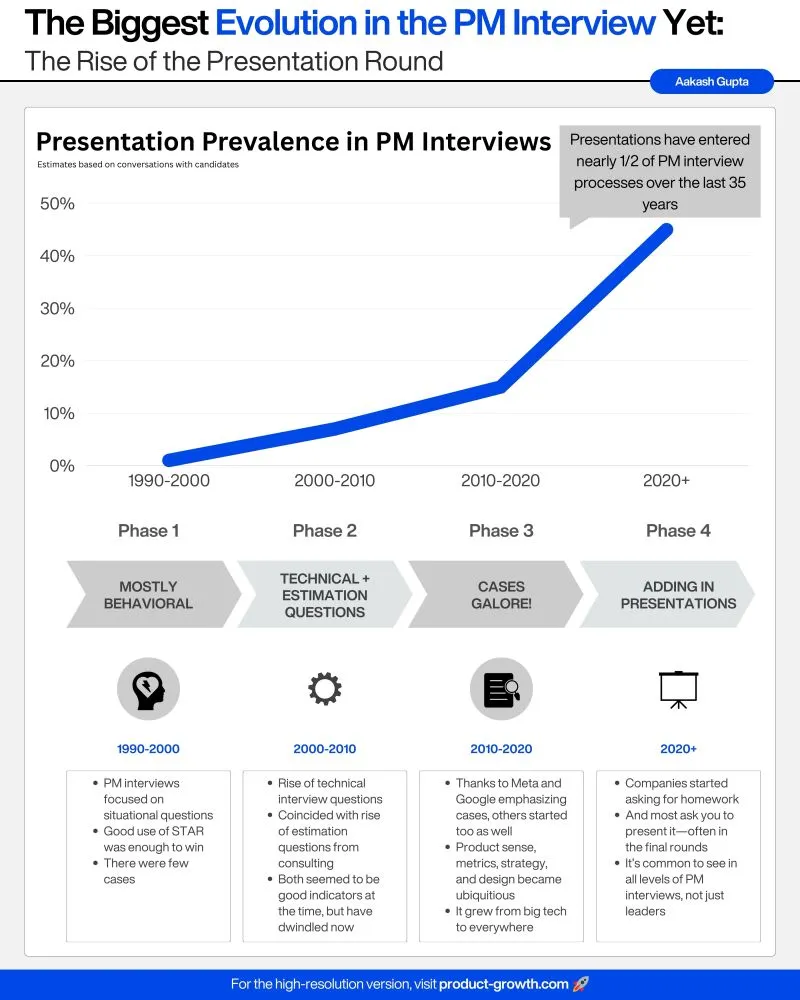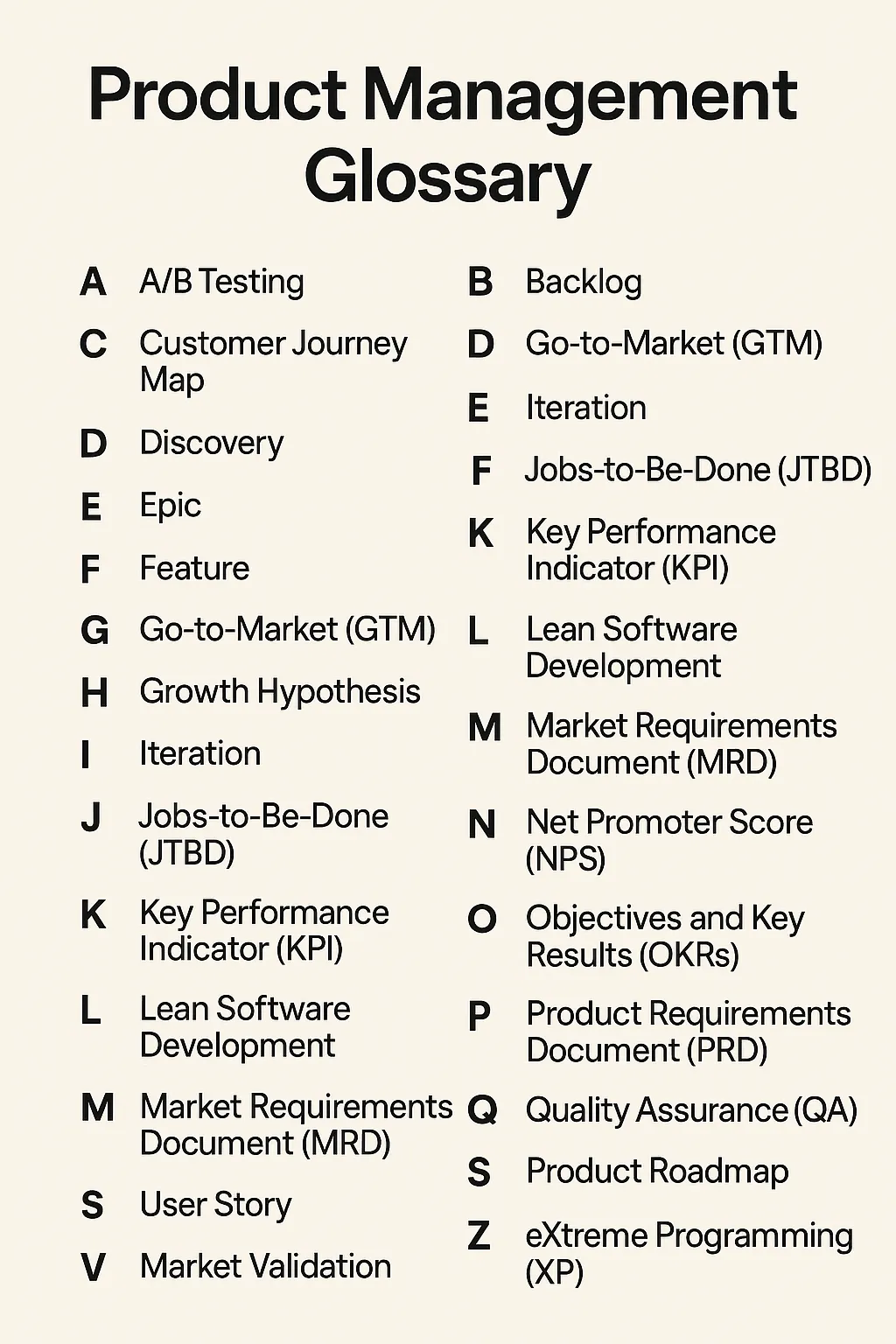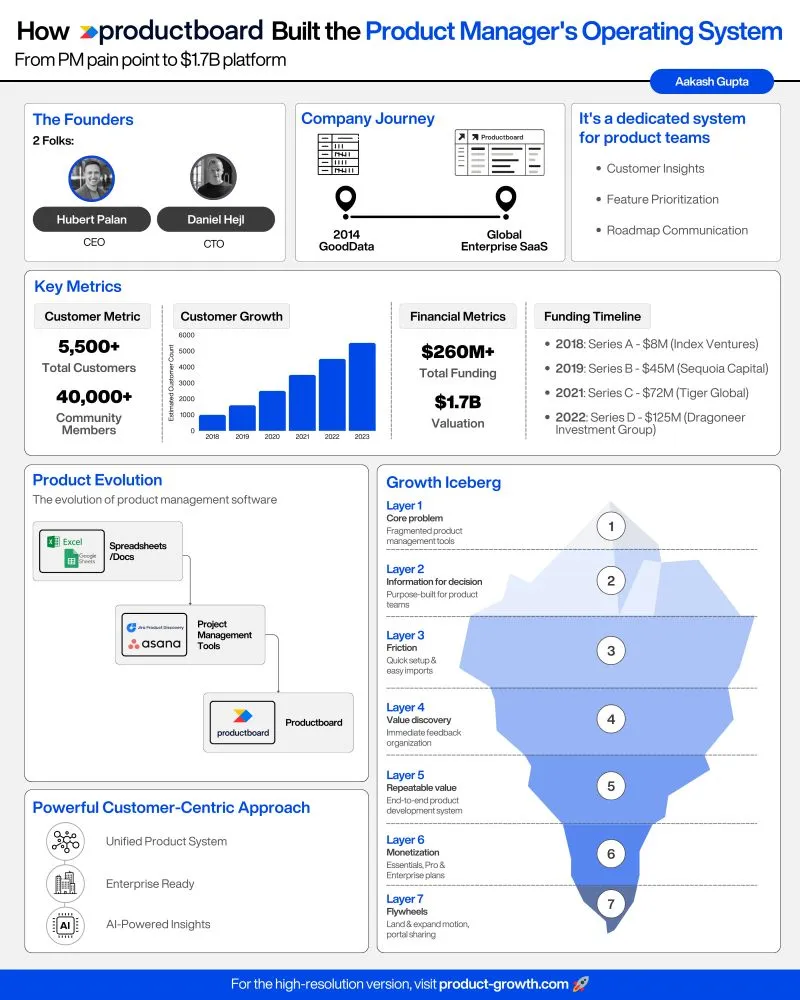
Balancing Stakeholder Interests in Project Management
Practical strategies on how to make sure everyone’s interests are accounted for when managing a project team
Introduction
Project management involves juggling various stakeholder interests to ensure the successful completion of a project. Stakeholders can include clients, team members, sponsors, end users, and the community, among others. Each stakeholder group has its own set of expectations, priorities, and concerns, making it essential for project managers to effectively balance these interests to achieve the project’s objectives. This article will explore the importance of balancing stakeholder interests in project management and provide practical strategies for achieving this balance.
Understanding Stakeholder Interests
Before delving into strategies for balancing stakeholder interests, it is crucial to understand the different interests that stakeholders might have. Clients typically prioritize project deliverables, deadlines, and budget adherence, while team members may be concerned with workload, work-life balance, and career development opportunities. Sponsors often focus on the project’s return on investment and alignment with organizational goals, while end users seek usability and functionality in the project’s deliverables. Community stakeholders may be interested in the project’s environmental impact, social responsibility, and local economic benefits. Recognizing these diverse interests is fundamental to effectively managing stakeholder relationships.
Photo by Brands&People on Unsplash
The Importance of Balancing Stakeholder Interests
Balancing stakeholder interests is critical for project success. Failure to address the concerns of key stakeholders can lead to project delays, cost overruns, or even project failure. For instance, ignoring the needs of end users can result in a final product that does not meet their expectations, leading to dissatisfaction and potential resistance to adoption. Similarly, neglecting the interests of team members can result in low morale, decreased productivity, and increased staff turnover. Furthermore, failing to consider the concerns of community stakeholders can lead to reputational damage and opposition to the project within the community. Therefore, maintaining a delicate equilibrium among stakeholders is imperative for achieving project success.
Photo by Campaign Creators on Unsplash
Strategies for Balancing Stakeholder Interests
1. Identify and Prioritize Key Stakeholders: Begin by identifying all potential stakeholders and categorizing them based on their level of influence and impact on the project. Prioritize stakeholders based on their level of importance to the project’s success. This will help in directing attention and resources to those stakeholders who have the greatest influence or are most affected by the project outcomes.
2. Communication and Engagement: Establish open and transparent communication channels with stakeholders. Engage them regularly to understand their concerns, expectations, and suggestions. Tailor communication methods to suit the preferences of different stakeholder groups. For example, while clients may prefer formal progress reports and meetings, team members may respond better to informal discussions and feedback sessions.
3. Manage Expectations: Clearly define project scope, objectives, constraints, and risks to manage stakeholder expectations. Continuously communicate any changes or deviations from the original plan. This transparency helps stakeholders understand the project’s progress and potential challenges, thereby aligning their expectations with the project’s realities.
4. Seek Win-Win Solutions: In situations where conflicting stakeholder interests arise, strive to find solutions that benefit all parties involved. This may involve trade-offs or compromises that address the most pressing concerns of each stakeholder group. By seeking win-win solutions, project managers can foster collaboration and maintain positive stakeholder relationships.
5. Flexibility and Adaptability: Recognize that stakeholder interests may evolve throughout the project lifecycle. Stay flexible and be prepared to adapt to changing stakeholder priorities and concerns. Regularly reassess stakeholder interests and adjust project strategies as necessary to ensure continued alignment with stakeholder expectations.
6. Conflict Resolution Mechanisms: Establish clear processes for resolving conflicts among stakeholders. This may involve mediation, arbitration, or consensus-building techniques to address conflicting interests and find mutually acceptable resolutions. Project managers should act as neutral facilitators to ensure fairness and equity in conflict resolution.
Photo by charlesdeluvio on Unsplash
Case Studies and Best Practices
To further illustrate the importance of balancing stakeholder interests in project management, several case studies and best practices can be highlighted. For instance, the construction of a new urban development project may involve balancing the interests of local residents, environmental groups, governmental bodies, and private investors. Successful project management in this scenario would require extensive community engagement, environmental impact assessments, and transparent communication to address the concerns of diverse stakeholders.
Similarly, in the development of a software application, project managers must balance the interests of end users who seek user-friendly interfaces, sponsors who prioritize cost control, and development teams who emphasize technological innovation. Implementing iterative feedback loops, user testing, and regular sponsor updates can help address these varied interests and ensure a successful software delivery.
Photo by Isaac Smith on Unsplash
Conclusion
In conclusion, balancing stakeholder interests in project management is a complex but essential task. Effective project managers recognize the diversity of stakeholder interests and prioritize transparent communication, conflict resolution, and flexibility to ensure that all stakeholder concerns are addressed. By achieving a balance among stakeholder interests, project managers can enhance project success, build stronger relationships, and contribute to overall stakeholder satisfaction.










Comments ...
No Comments Yet ...Add One